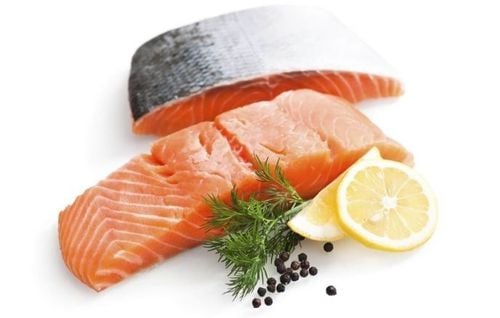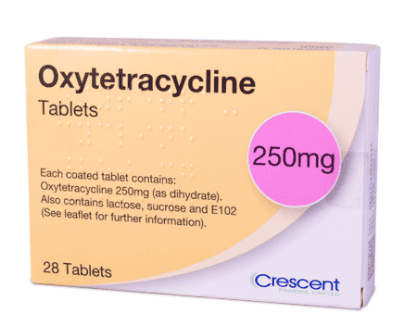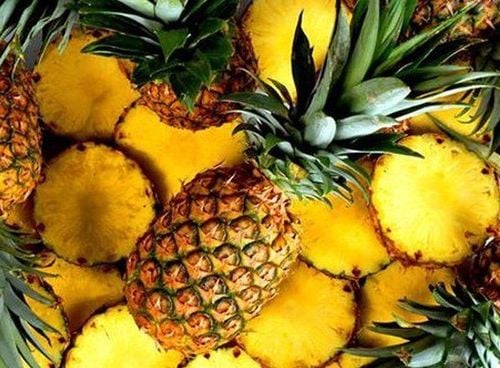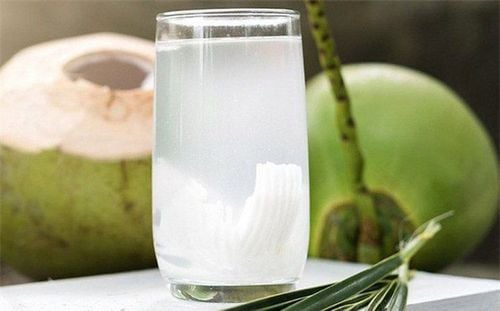Seafood provides excellent protein, contains healthy fats, and is rich in essential vitamins and minerals. It is important to learn how to prepare seafood appropriately for diabetes management.
1. Supplementing omega-3 fatty acids with grilled salmon
Salmon often tops the list of recommended dishes due to its high omega-3 fatty acid content – beneficial fats that promote heart, skin, brain health, and other parts of the body. Like most fish, there are various options for preparing salmon as a healthy meal for diabetics, including boiling, pan-searing, and baking in the oven at 350 to 400 degrees.
If patients aim to consume less than 2,300 milligrams of salt per day, or 1,500 mg for those with high blood pressure, seafood is an excellent choice. Each type of fish has a unique flavor, so patients do not need to use salt during cooking. Instead, they can add a touch of herbal flavor. Dill leaves or a few drops of fresh lemon juice or citrus juice are suitable seasonings to make grilled salmon more appealing.

2. Choose tilapia to boost protein intake
Tilapia is a low-fat, high-protein fish that is readily available fresh or as fillets, and is very easy to prepare. Pan-searing tilapia is a good option, as its fillets are typically thin and cook easily this way.
However, care should be taken not to overcook the fish, as it can become mushy. To ensure health benefits, diabetic patients should use a good non-stick pan with specialized cooking spray oil and a bit of white wine or broth, if desired. Tilapia fillets can be served with steamed or sautéed vegetables and brown rice to support health. A mango salad or a black bean and corn dish paired with tilapia is also a popular suggestion.
3. Shrimp can be consumed in limited quantities to control cholesterol
Since shrimp contains relatively high levels of cholesterol compared to other seafood, many people with diabetes try to limit their shrimp intake to avoid increasing cholesterol levels. 100 grams of shrimp have a cholesterol content equivalent to that of an egg. However, consuming shrimp once or twice a week is beneficial for health and does not harm the heart or negatively impact the diet of diabetic patients. Especially if the overall diet of the patient is low in fat, shrimp can be used to supplement the necessary calories. Patients can try the spicy ginger stir-fried shrimp recipe. This dish contains only 44 calories per serving, making it a light yet appealing appetizer.
4. Can diabetics eat crab?
According to a study in the United Kingdom, regularly eating fish helps protect patients against type 2 diabetes, but shrimp, crab or shellfish may have the opposite effect. Data shows that the risk of developing type 2 diabetes in people who enjoy eating these shellfish increases by about 36%.
In reality, it is not that these seafood are harmful themselves, but rather the common ways they are prepared are not suitable for diabetics. We often consume shrimp, crab or shellfish with a lot of sugar, oil, butter sauce, cheese or mayonnaise. These foods contain very high cholesterol levels, which is the reason for the increased risk of diabetes.
Therefore, whether diabetics can eat crab or seafood depends on healthy and scientific preparation methods. Try seasoning with bay leaves as a spice to make the dish more appealing instead of just using salt. However, the challenge of extracting meat from hard-shelled seafood like crab or lobster also causes inconvenience and difficulty for those who want to prepare diabetic-friendly seafood dishes.

5. Diversifying the diet with canned fish
Canned fish can be a good option for the question of whether diabetics can eat seafood. Canned tuna, salmon, and particularly sardines have a rich flavor that can make the diabetic diet more diverse and appealing. Sardines are high in calcium and vitamin D, as well as omega-3 fatty acids, making them an excellent choice for strengthening the bones of patients. Canned fish is also easy to store and can be used at any time.
However, when choosing canned fish, patients should carefully read the nutritional information on the label. They should opt for low-sodium varieties and choose tuna packed in water instead of oil to ensure that calorie and fat intake remains within the permissible limits for diabetes management. There are many ways to prepare these canned fish dishes, such as mixing with a little yogurt or mustard, adding to sandwiches or salads, or making nutritious soups.
6. Should you eat as much fish as possible?
Currently, experts are still controvesial about whether diabetic patients should consume seafood about twice a week or as much fish as possible. In September 2009, a study published in the American Journal of Clinical Nutrition found a slight increase in the risk of type 2 diabetes in women who ate a lot of fish daily and several times a week.
However, a subsequent study published in September 2011 showed that eating more fish reduced the risk of diabetes in men and had no effect on the risk in women. Since there is no definitive conclusion, it is best to consult with a doctor who regularly monitors the patient's condition and blood sugar levels to decide whether a diabetic patient can eat seafood, as well as the appropriate quantity and frequency.
While there is still no definitive conclusion on whether diabetics can consume seafood, or if eating fish is beneficial while shrimp and crabs are harmful, diabetic patients should adhere to the dietary recommendations provided by their doctors to ensure health.
Additionally, remember to engage in regular physical activity, avoid alcohol, and regularly check blood sugar levels to manage the condition effectively and prevent severe complications.
Please dial HOTLINE for more information or register for an appointment HERE. Download MyVinmec app to make appointments faster and to manage your bookings easily.
Article referenced source: Everyday.com, reuters.com












